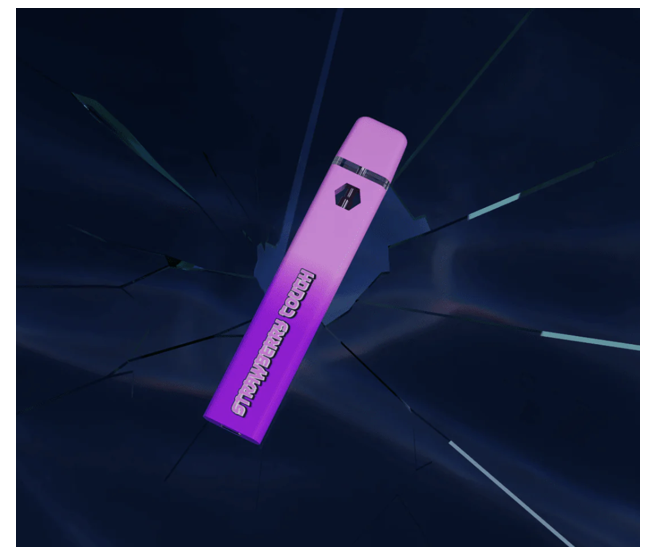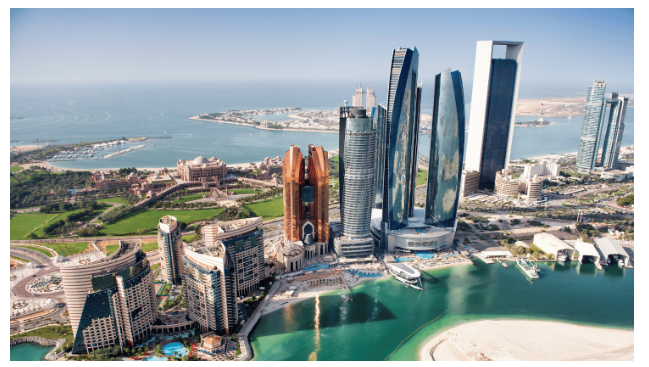The Essential Role of Drones in Assisting First Responders After Natural Calamities
Drones have become an important tool for first responders, especially after natural calamities strike. When disasters happen, like earthquakes, hurricanes, floods, or fires, time is everything. Drones have made a massive difference by providing fast and efficient support to emergency teams in recent years. Let’s dive into how these flying helpers are essential in assisting first responders during emergencies.
Enhancing Search and Rescue Operations
Imagine a situation after a big earthquake. People are trapped, and there are collapsed buildings everywhere. Using Drones for first responders makes this process much easier. By flying above the affected areas, drones can quickly spot places where people might be stuck. Their cameras can see from above, which gives rescuers a clear picture. Instead of wasting valuable time searching everywhere, drones help guide teams directly to where help is most needed.
Real-Time Situational Awareness
In any disaster, first responders need real-time information. Knowing what is happening in each area is crucial to deciding where to send resources. Drones provide this instant information by giving a bird’s-eye view of the disaster. The video captured by drones helps response teams understand what’s happening on the ground. This way, they can plan what to do next and make sure that help reaches those who need it quickly.
Assessing Damage in Hard-to-Reach Areas
Natural calamities often damage roads, making it impossible for vehicles to pass. Certain places might be wholly cut off, like mountain areas after a landslide or neighborhoods after a flood. Drones can fly above these spots and assess the damage. By doing this, they provide valuable information to emergency teams about which routes are blocked or open, and they can even identify the safest ways to enter these areas. This saves time and keeps rescuers safe.
Aerial Mapping for Effective Disaster Management
After a natural calamity, everything can look very chaotic. Drones help create detailed maps of the affected areas. These maps are like blueprints for disaster management. They show exactly where the most damage occurred, where help is needed, and where resources should be placed. The aerial images captured by drones help create these maps quickly, allowing emergency planners to coordinate their efforts much better. This way, everyone is on the same page and knows what to do.
Delivering Medical Supplies to Isolated Victims
One of drones’ most amazing roles is delivering medical supplies to places that cannot be reached easily. Imagine a person trapped after a landslide who needs immediate medication. It might be impossible for an ambulance to get there. But drones can carry small packages, like medicine or water, and drop them to those in need. This can be life-saving, especially when traditional methods of transport just aren’t available.
Supporting Firefighting Efforts in Post-Disaster Scenarios
Fires are a common danger after a natural disaster. Electrical wires break, gas lines leak, and buildings catch fire. Drones help firefighters understand where the biggest risks are. They can fly close to these fires and provide images without putting a human in danger. These visuals guide firefighters in controlling and stopping the fire from spreading. In this way, drones help make firefighting efforts much safer and more efficient.
Crowd Monitoring and Evacuation Planning
During any emergency, crowds can gather, which often leads to confusion. Whether it’s people seeking shelter or those waiting for food and supplies, crowd management becomes challenging. Drones can help monitor large groups of people, giving real-time information to the authorities about where people are gathered. This helps plan evacuations smoothly and ensures everyone is kept safe. Drones ensure that evacuation plans are effective and avoid panic situations.
Thermal Imaging for Locating Survivors
In disasters, people may be trapped in places that are not visible easily, like under debris or inside collapsed buildings. In such cases, regular cameras might not be enough. Drones equipped with thermal imaging cameras can detect body heat, which helps locate people who are otherwise hidden. This can be especially helpful during nighttime when visibility is low. It’s like having eyes that can see through the dark and through obstacles, making it easier to find survivors.
Remote Monitoring for Safety of Response Teams
Drones can monitor dangerous situations from above before sending rescue teams in. For example, if there is a risk of another building collapse, a drone can check it first. This remote monitoring keeps the emergency workers safe by avoiding unnecessary risks.
Tips for Choosing the Right Drone for First Responder Operations
Choosing the right one is vital for those interested in using drones for emergency work. Not all drones are the same, and some have more suitable features for rescue operations. Look for drones with robust cameras that are easy to fly and can stay in the air for a long time. It’s also important that the drone is tough enough to handle bad weather since natural disasters often bring rough conditions. Lastly, it should have special tools like thermal imaging, which can make a big difference during rescue missions.
Drones for first responders have become essential tools, especially in the face of natural calamities. They can reach places humans cannot easily access, provide quick and reliable information, and make rescue missions more efficient. Whether locating people, delivering supplies, or guiding rescue efforts, drones are changing how humans respond to disasters.



